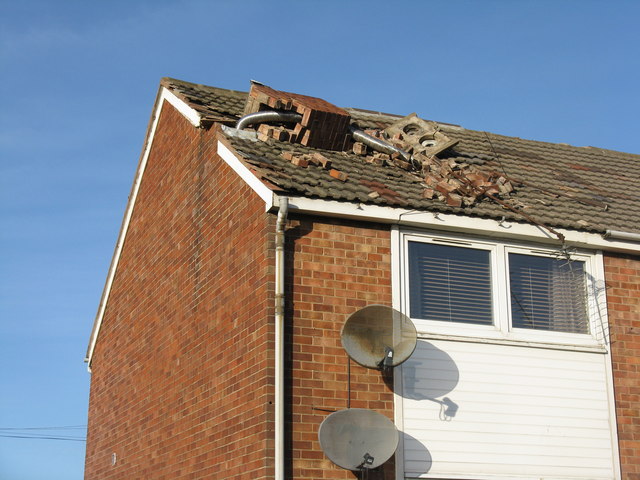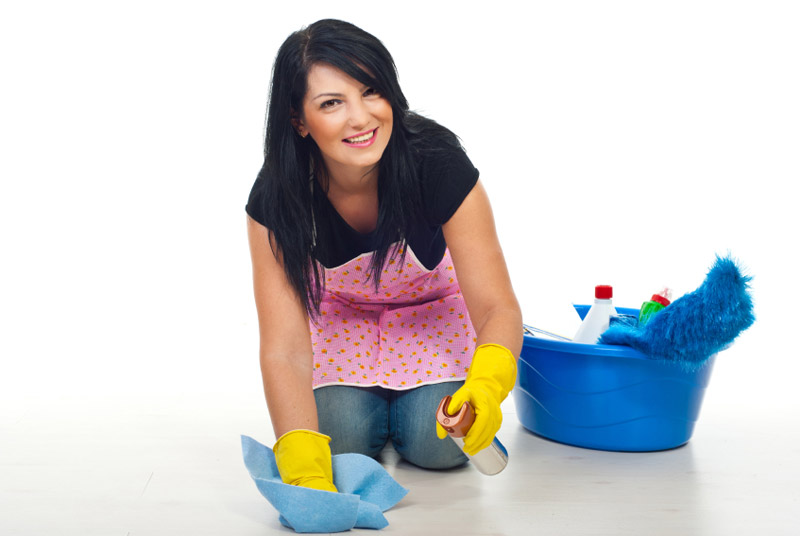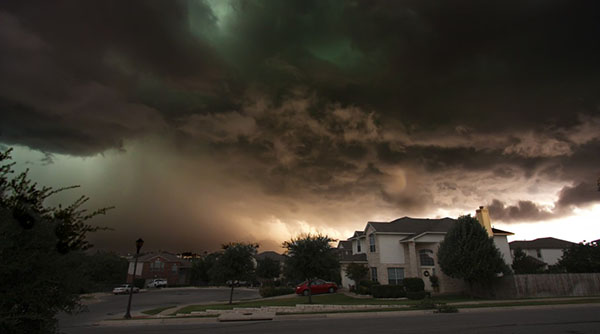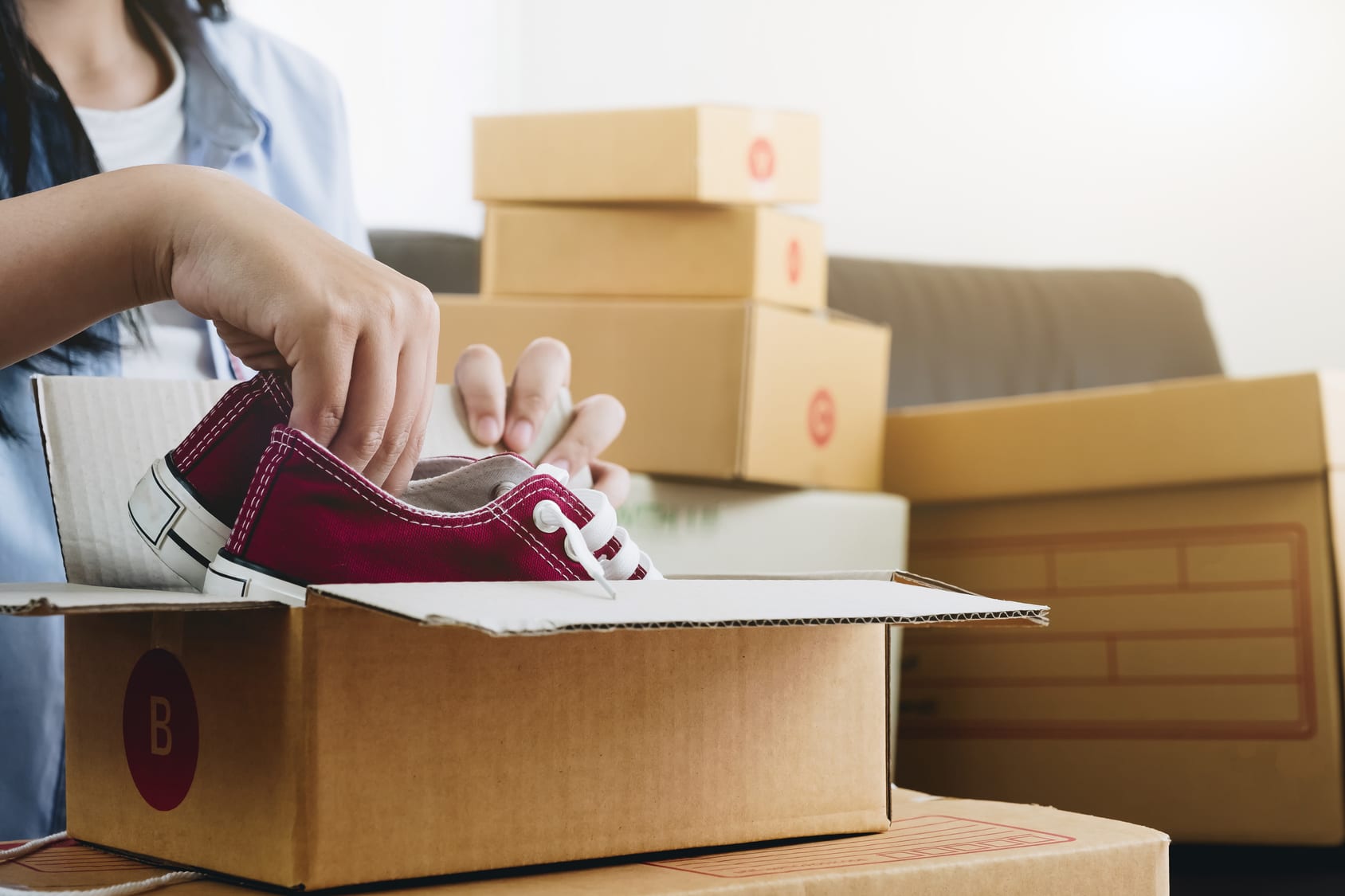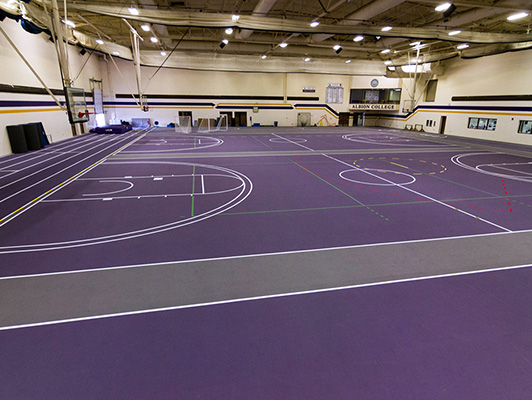Can a Dehumidifier Kill Mold?
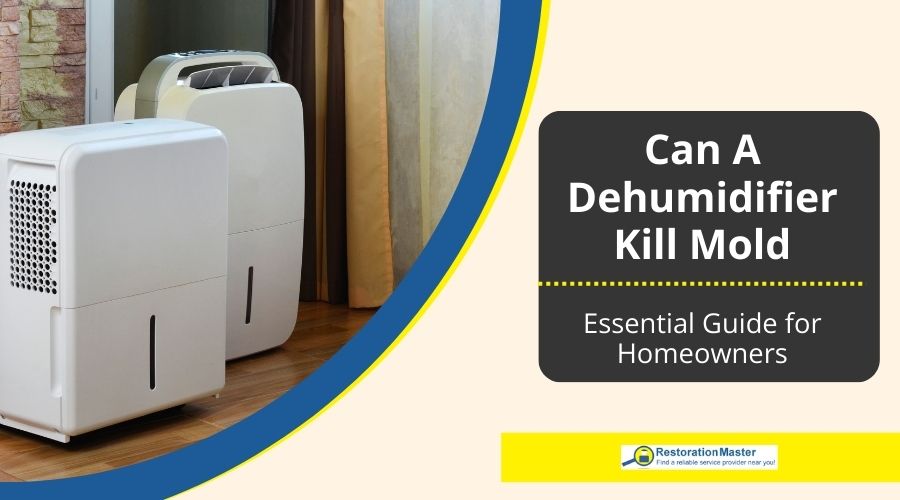
can a dehumidifierA dehumidifier is a device that removes excess moisture from... More kill moldMold is a type of fungus that grows in damp or humid conditi... More
MoldMold is a type of fungus that grows in damp or humid conditi... More is a common issue for homeowners, especially in areas with high humidityHumidity is the amount of moisture or water vapor present in... More levels. Whether it’s in your bathroom, basement, or storage spaces, moldMold is a type of fungus that grows in damp or humid conditi... More can grow quickly when moisture levels are left unchecked. While a dehumidifierA dehumidifier is a device that removes excess moisture from... More can be incredibly helpful in preventing moldMold is a type of fungus that grows in damp or humid conditi... More growth, it’s important to understand its limits. So, the big question is: Can a dehumidifierA dehumidifier is a device that removes excess moisture from... More kill moldMold is a type of fungus that grows in damp or humid conditi... More?
Let’s break it down by first understanding what a dehumidifierA dehumidifier is a device that removes excess moisture from... More does, how it can help with moldMold is a type of fungus that grows in damp or humid conditi... More preventionPrevention refers to actions taken to reduce the likelihood ... More, and what to do if you’re dealing with existing moldMold is a type of fungus that grows in damp or humid conditi... More.
What is a Dehumidifier?
A dehumidifierA dehumidifier is a device that removes excess moisture from... More is a device designed to reduce the level of humidityHumidity is the amount of moisture or water vapor present in... More in the air. It works by pulling warm, moist air into the unit, where it’s cooled to condense the moisture into water. The dry air is then released back into the room. This process helps lower the humidityHumidity is the amount of moisture or water vapor present in... More levels in a space, which can make the environment less conducive to moldMold is a type of fungus that grows in damp or humid conditi... More growth.
Dehumidifiers are often used in areas with high humidityHumidity is the amount of moisture or water vapor present in... More, such as basements, bathrooms, or areas prone to dampness. They can be a powerful tool in keeping indoor air dry and preventing the conditions that moldMold is a type of fungus that grows in damp or humid conditi... More needs to grow.
Can a Dehumidifier Kill Mold?
While a dehumidifierA dehumidifier is a device that removes excess moisture from... More is great for preventing moldMold is a type of fungus that grows in damp or humid conditi... More, it does not kill moldMold is a type of fungus that grows in damp or humid conditi... More once it has already formed. Here’s why:
- MoldMold is a type of fungus that grows in damp or humid conditi... More Growth: A dehumidifierA dehumidifier is a device that removes excess moisture from... More can lower humidityHumidity is the amount of moisture or water vapor present in... More levels and reduce the chances of new moldMold is a type of fungus that grows in damp or humid conditi... More growth, but if moldMold is a type of fungus that grows in damp or humid conditi... More is already present, a dehumidifierA dehumidifier is a device that removes excess moisture from... More won’t destroy the moldMold is a type of fungus that grows in damp or humid conditi... More sporesSpores are microscopic reproductive units of fungi or mold t... More that have already settled on surfaces.
- Mold RemediationMold remediation is the process of identifying, removing, an... More: MoldMold is a type of fungus that grows in damp or humid conditi... More removal typically requires cleaning affected areas with anti-fungal agents or scrubbing with bleach or special moldMold is a type of fungus that grows in damp or humid conditi... More removers. A dehumidifierA dehumidifier is a device that removes excess moisture from... More won’t address the moldMold is a type of fungus that grows in damp or humid conditi... More that has already taken root on surfaces.
- MoldMold is a type of fungus that grows in damp or humid conditi... More SporesSpores are microscopic reproductive units of fungi or mold t... More: While dehumidifiers can make the environment less hospitable for moldMold is a type of fungus that grows in damp or humid conditi... More growth, they don’t physically eliminate moldMold is a type of fungus that grows in damp or humid conditi... More sporesSpores are microscopic reproductive units of fungi or mold t... More. In fact, a dehumidifierA dehumidifier is a device that removes excess moisture from... More may even stir up moldMold is a type of fungus that grows in damp or humid conditi... More sporesSpores are microscopic reproductive units of fungi or mold t... More that are floating in the air, especially if there’s already a moldMold is a type of fungus that grows in damp or humid conditi... More problem.
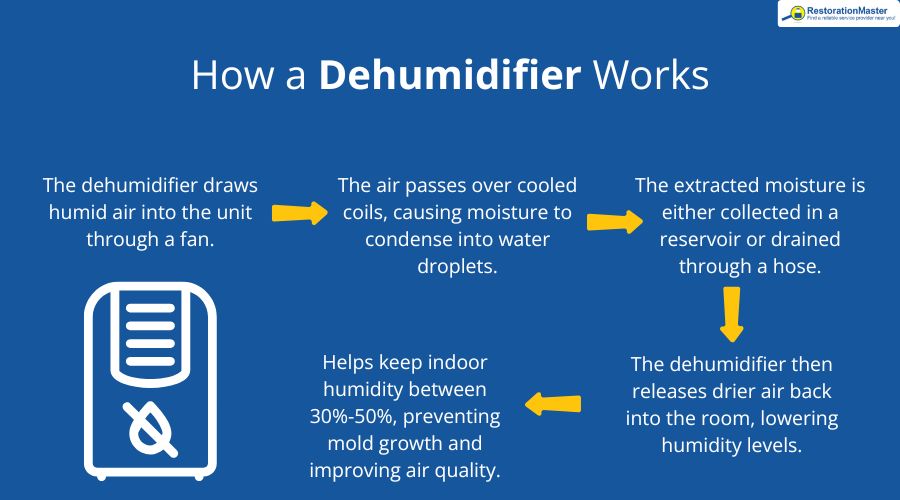
How a Dehumidifier Can Help Prevent Mold?
Although a dehumidifierA dehumidifier is a device that removes excess moisture from... More can’t kill existing moldMold is a type of fungus that grows in damp or humid conditi... More, it is still an important tool in preventing moldMold is a type of fungus that grows in damp or humid conditi... More from growing in the first place. Here’s how it can help:
- Prevents Future Growth: By keeping humidityHumidity is the amount of moisture or water vapor present in... More levels under control, a dehumidifierA dehumidifier is a device that removes excess moisture from... More makes it harder for moldMold is a type of fungus that grows in damp or humid conditi... More to grow. If you live in a humid area or have a space with poor ventilationVentilation is the process of exchanging or circulating air ... More, using a dehumidifierA dehumidifier is a device that removes excess moisture from... More can significantly reduce the chances of moldMold is a type of fungus that grows in damp or humid conditi... More forming in the future.
- Maintains Healthy Air Quality: High humidityHumidity is the amount of moisture or water vapor present in... More can leadLead is a heavy metal that can be toxic to humans, especiall... More to the growth of other harmful allergens, including dust mites and bacteria. A dehumidifierA dehumidifier is a device that removes excess moisture from... More helps improve overall indoor air qualityIndoor air quality (IAQ) refers to the condition of the air ... More by keeping moisture levels low.
- Ideal HumidityHumidity is the amount of moisture or water vapor present in... More Range: Keeping your home’s humidityHumidity is the amount of moisture or water vapor present in... More levels between 30%-50% can help prevent moldMold is a type of fungus that grows in damp or humid conditi... More growth. A dehumidifierA dehumidifier is a device that removes excess moisture from... More can help maintain this range, especially in areas prone to high humidityHumidity is the amount of moisture or water vapor present in... More, like basements and bathrooms.
What to Do if You Have Mold in Your Home
If you discover moldMold is a type of fungus that grows in damp or humid conditi... More in your home, it’s essential to take action immediately. Here are the steps you can follow:
Identify the Source of Moisture
MoldMold is a type of fungus that grows in damp or humid conditi... More thrives in moist environments, so the first step in moldMold is a type of fungus that grows in damp or humid conditi... More removal is addressing the source of the moisture. Whether it’s a leaking pipe, high humidityHumidity is the amount of moisture or water vapor present in... More, or poor ventilationVentilation is the process of exchanging or circulating air ... More, fixing the moisture problem is the first step in mold remediationMold remediation is the process of identifying, removing, an... More.
Clean Mold-Infested Areas
Once you’ve resolved the moisture issue, you can start cleaning up the moldMold is a type of fungus that grows in damp or humid conditi... More. Depending on the severity of the infestation, you may be able to clean the moldMold is a type of fungus that grows in damp or humid conditi... More yourself using products like:
- White vinegar or hydrogen peroxide (for non-porous surfaces)
- Bleach (for hard, non-porous surfaces)
- Commercial moldMold is a type of fungus that grows in damp or humid conditi... More cleaners
If the moldMold is a type of fungus that grows in damp or humid conditi... More growth is extensive or covers a large area, it’s recommended to call in professional moldMold is a type of fungus that grows in damp or humid conditi... More removal services to safely and effectively handle the cleanup.
Use a Dehumidifier as Part of the Process
After the moldMold is a type of fungus that grows in damp or humid conditi... More has been cleaned, use a dehumidifierA dehumidifier is a device that removes excess moisture from... More to maintain low humidityHumidity is the amount of moisture or water vapor present in... More levels and prevent future moldMold is a type of fungus that grows in damp or humid conditi... More growth. This is especially important in areas that are prone to dampness, such as basements and bathrooms.
Consider Air Purifiers
An air purifier with a HEPA filter can also help remove airborne moldMold is a type of fungus that grows in damp or humid conditi... More sporesSpores are microscopic reproductive units of fungi or mold t... More, improving indoor air qualityIndoor air quality (IAQ) refers to the condition of the air ... More. This can be particularly beneficial if you have health concerns related to moldMold is a type of fungus that grows in damp or humid conditi... More exposure.
When you call mold remediation experts to remove moldMold is a type of fungus that grows in damp or humid conditi... More, they use dehumidifiers to control moisture and prevent further growth. While dehumidifiers help create a dry environment that makes it harder for moldMold is a type of fungus that grows in damp or humid conditi... More to return, they cannot remove existing moldMold is a type of fungus that grows in damp or humid conditi... More on their own. Proper moldMold is a type of fungus that grows in damp or humid conditi... More removal requires professional cleaning, antimicrobial treatments, and, in some cases, removal of contaminated materials. If you’re dealing with moldMold is a type of fungus that grows in damp or humid conditi... More, don’t rely on a dehumidifierA dehumidifier is a device that removes excess moisture from... More alone—contact a professional mold remediationMold remediation is the process of identifying, removing, an... More service to ensure the problem is fully eliminated.
Frequently Asked Questions
Can mold still grow in a room with a dehumidifier?
Yes, moldMold is a type of fungus that grows in damp or humid conditi... More can still grow if there’s excess moisture from leaks, condensation, or damp materials that haven’t been addressed. While a dehumidifierA dehumidifier is a device that removes excess moisture from... More helps reduce humidityHumidity is the amount of moisture or water vapor present in... More, it’s just one part of the solutionA solution is a homogeneous mixture of two or more substance... More. Proper ventilationVentilation is the process of exchanging or circulating air ... More and fixing any moisture issues are key to keeping moldMold is a type of fungus that grows in damp or humid conditi... More from coming back.
How long does it take for a dehumidifier to prevent mold?
A dehumidifierA dehumidifier is a device that removes excess moisture from... More starts reducing moisture immediately, but it may take a few days to weeks to reach optimal humidityHumidity is the amount of moisture or water vapor present in... More levels, depending on the space and severity of moisture buildup.
When should I call a mold remediation expert?
Call a mold remediationMold remediation is the process of identifying, removing, an... More specialist if:
- MoldMold is a type of fungus that grows in damp or humid conditi... More covers a large area (more than 10 square feet).
- You experience persistent moldMold is a type of fungus that grows in damp or humid conditi... More problems despite cleaning and dehumidifying.
- There is visible moldMold is a type of fungus that grows in damp or humid conditi... More growth on walls, ceilings, or HVAC systems.
- You or your family have allergy symptoms or respiratory issues linked to moldMold is a type of fungus that grows in damp or humid conditi... More exposure.

